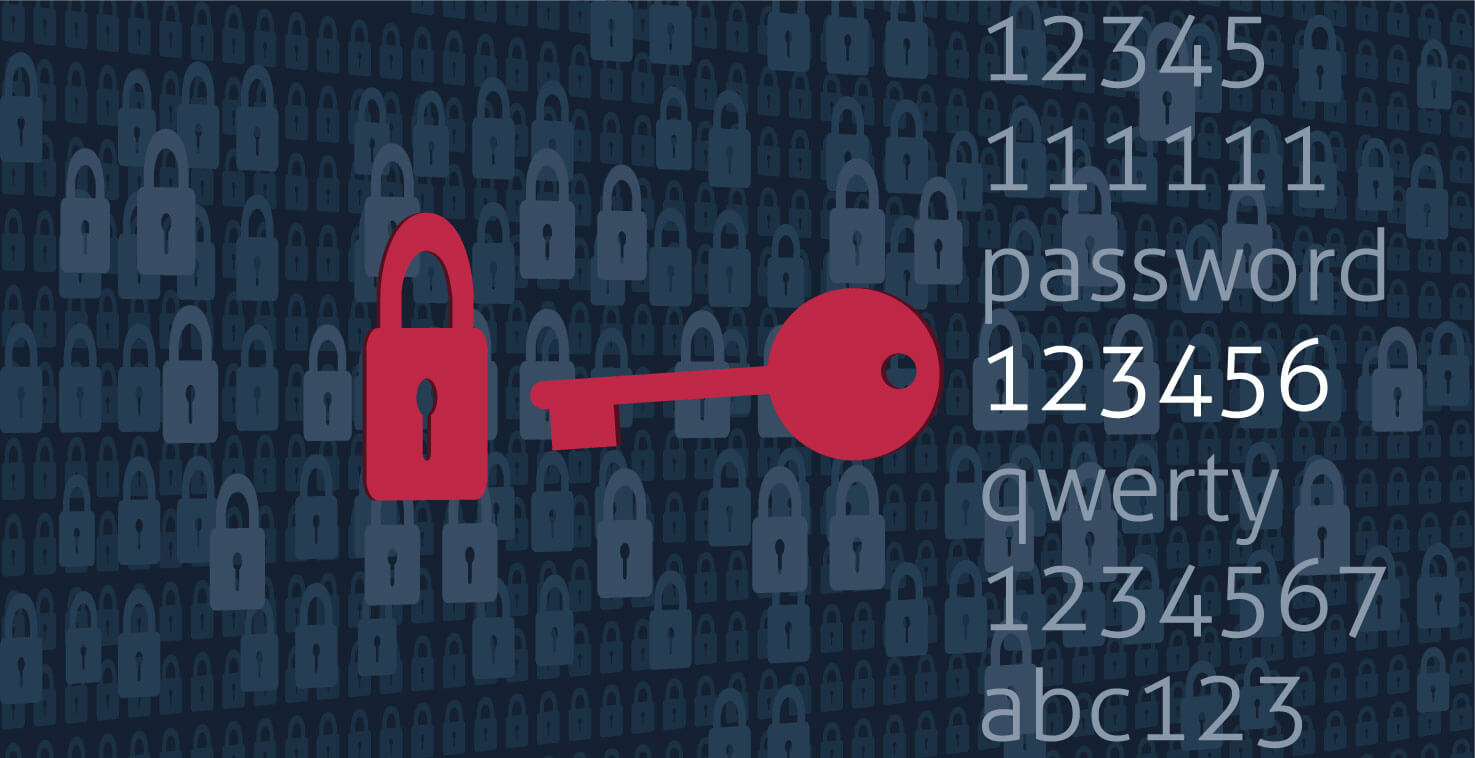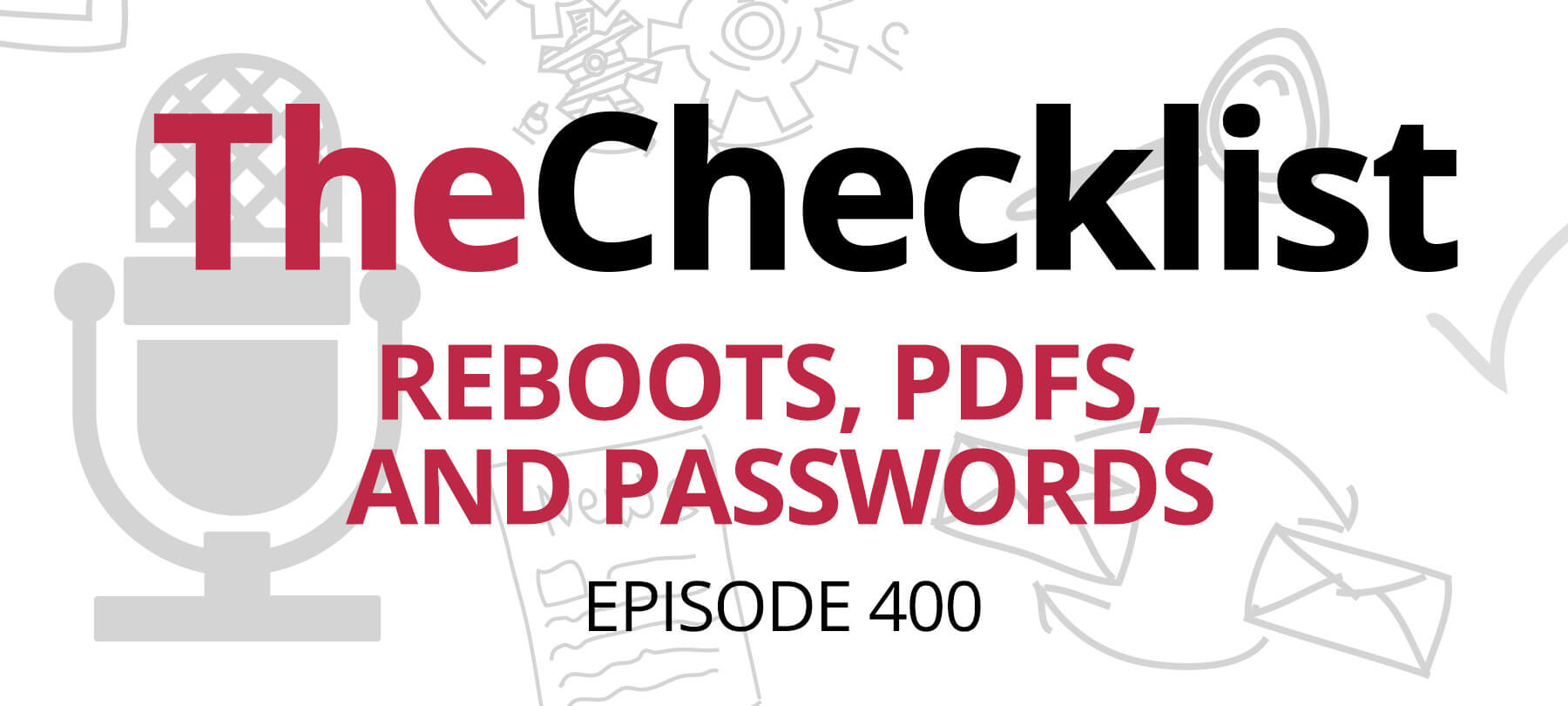Weak Password Topples 158-Year-Old UK Shipping Firm, Cybersecurity Experts Urge Action
In a striking example of cybersecurity negligence, 158-year-old British shipping firm KNP Logistics has collapsed following a ransomware attack reportedly initiated by a guessed employee password. The attack, attributed to the Akira hacking group, led to complete loss of company data after KNP refused to pay a £5 million ransom. This story, originally reported by the BBC, underscores the ongoing risks posed by weak authentication practices in both corporate and personal environments.
Password Alone Proved Fatal
Hackers are believed to have gained access to KNP’s internal systems by guessing a single employee password. Once inside, they encrypted the company’s data and rendered the business inoperable. Despite claiming its IT systems met industry standards and having cyber insurance, KNP ultimately lost all data and shut down operations.
Missing: Multi-Factor Authentication
Security experts emphasize that proper use of two-factor or multi-factor authentication (2FA/MFA) could have prevented the breach. Neither the BBC report nor the company’s statements confirmed whether such safeguards were in place — a glaring omission according to cybersecurity advocates.
Broader Ransomware Trend
The National Crime Agency (NCA) warned that 2024 is set to be the UK’s worst year on record for ransomware attacks, as threat actors like Akira continue to exploit basic cybersecurity lapses.
Lessons for Everyone: Enable 2FA
Experts urge every business and individual to enable MFA wherever possible. Relying solely on passwords — especially weak or reused ones — leaves systems vulnerable. Authenticator apps or hardware tokens (like YubiKey) are preferred over less secure SMS-based verification.
Password Managers Encouraged
The discussion also recommends modern password managers for generating and storing strong, unique passwords. Options like Apple’s built-in Passwords app (available free on iOS/macOS devices), as well as trusted third-party solutions such as Dashlane, 1Password, NordPass, and Bitwarden, help protect against password reuse and breaches.
Aftermath
The former KNP director now speaks publicly about cybersecurity risks. Yet in a poignant footnote, the employee whose password was likely guessed has not been informed — the director wonders aloud, “Would you want to know if it was you?”
One weak password can bring down an entire company. Whether you’re a business leader or a private individual, it’s crucial to:
- Use strong, unique passwords
- Enable multi-factor authentication
- Review security settings regularly
- Adopt trusted password managers
As ransomware threats continue to rise, these foundational steps remain the first and best line of defense.
Apple Targets SMS Phishing in iOS 26 with Smishing-Fighting Features
Apple is rolling out new features in iOS 26 aimed at curbing the rise of SMS-based phishing attacks, also known as smishing. According to a report from 9to5Mac, the Messages app will soon include smarter filtering tools, message categorization, and safety restrictions to help users spot and avoid scam texts.
Smishing Defined and Targeted
“Smishing,” a blend of SMS and phishing, refers to fraudulent text messages that impersonate legitimate companies to steal sensitive personal data. Apple’s revamped Messages app in iOS 26 is designed to mitigate this growing threat by making it harder to interact with suspicious messages.
Categorized Message Views
iOS 26 introduces four message categories:
- Messages (regular chats and useful alerts like verification codes)
- Unknown Senders
- Spam
- Recently Deleted
The last two categories — Unknown Senders and Spam — are muted by default, but users can toggle notifications on or off via the Manage Filtering settings.
User Control and Action Options
Users can interact with messages in these categories in new ways:
- Move a sender from Unknown Senders to Messages by marking them as “Known”
- Move a message out of the Spam folder
- Report false positives to Apple (i.e., mark legitimate messages as “Not Spam”)
Safety Restrictions for Spam Messages
Apple goes a step further to prevent user interaction with potential scams:
- Disabled Links: Phone numbers and URLs in spam messages are unclickable
- No Replies Allowed: Users can’t respond to spam messages unless they manually move them back into the main inbox
This small “friction,” as 9to5Mac puts it, makes a big difference in preventing accidental taps or replies that could compromise personal data.
With smishing and mobile phishing scams on the rise, Apple’s iOS 26 update brings practical and proactive changes to Messages. The new design empowers users to filter, manage, and avoid sketchy texts — while still maintaining control over their inbox.
This is Apple’s clearest push yet to reduce one-tap scams and phishing risks on iPhones. It’s a move welcomed by digital safety advocates — and a reminder that user behavior and platform design must evolve together to outpace scammers.



